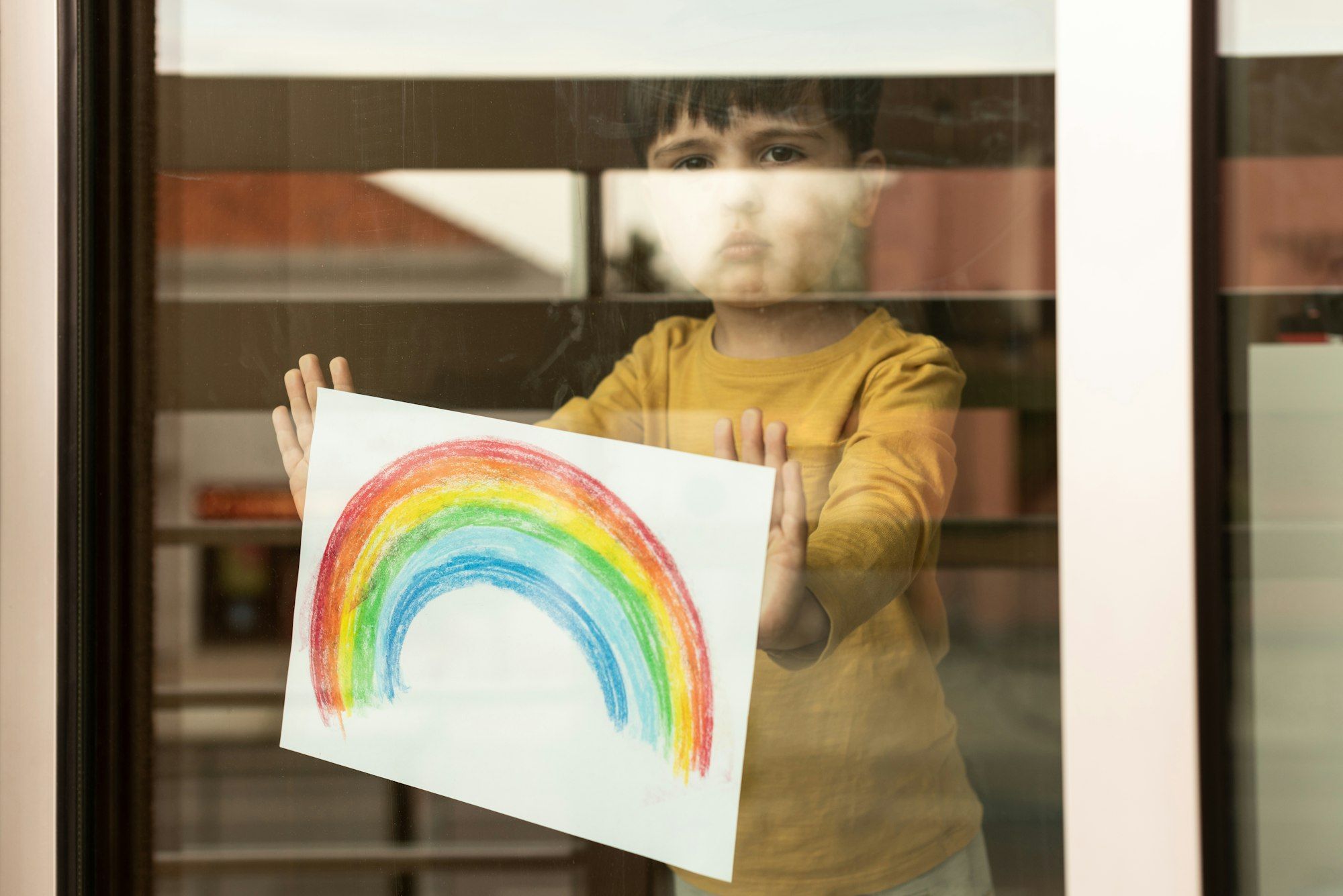The Impact of Community Arts Programs on Mental Health
Community arts programs are initiatives that integrate creative practices into local settings, offering residents the chance to engage in various art forms. These programs aim not only to foster creativity but to enhance mental well-being by providing a supportive space for self-expression and social interaction. Research underscores the emotional benefits of participating in such programs, highlighting improvements in participants’ psychological health.
Studies demonstrate the psychological advantages of creative engagement, such as reduced stress and increased feelings of relaxation. Engaging in community arts offers a channel for processing emotions, leading to a boost in overall mental well-being. Moreover, these programs often cultivate friendships and community bonds, thereby diminishing feelings of isolation.
Have you seen this : Elevate Your Strength: The Impact of Consistent Rock Climbing on Bone Density and Muscle Power
Individual success stories reinforce the emotional benefits of these initiatives. For instance, participants have reported experiencing personal growth, newfound confidence, and a rekindling of passions. These stories reveal how community arts can genuinely transform lives by enhancing mental health and contributing to a sense of belonging.
In summary, community arts programs stand out as a powerful tool for enhancing mental well-being, offering both emotional and social benefits that can positively affect individuals and communities alike.
Also to read : The Impact of Early Childhood Classical Music Exposure on Language Skills Development
Research Findings on Mental Health and Creativity
Numerous psychological studies delve into the intriguing relation between mental health and creativity. The exploration of this dynamic provides valuable insights.
Statistical Insights
Recent mental health research highlights that participating in creative activities significantly benefits emotional well-being. For instance, a survey showed that people engaged in arts are 25% more likely to report feeling happier than those who are not involved in such activities. Creativity benefits include reduced anxiety and depression levels, with 67% of participants noting marked improvements in their mental health after engaging in creative pursuits.
Longitudinal Studies
Longitudinal studies substantiate these findings by tracking individuals over extended periods. A recent decade-long study revealed that consistent involvement in creative behaviours led to decreased depression rates, especially among women. Interestingly, those who maintained regular creative routines reported sustained improvements in overall life satisfaction and emotional resilience.
Expert Opinions
Mental health professionals underscore the significance of integrating creativity into community programs. By fostering artistic expression, communities cultivate supportive environments conducive to emotional healing and mental growth. Experts advocate for increased access to creative outlets, suggesting that they crucially aid in psychological development and community well-being. This expertise steers ongoing advancements in mental health research, underlining creativity’s essential role in enhancing life quality.
Testimonials from Participants in Community Arts Programs
Understanding the personal stories of those engaged in community arts programs provides an illuminating glimpse into the transformative potential of the arts. These participant experiences often encapsulate significant personal development and emotional breakthroughs. One common thread is the profound impact of community support, fostering a sense of belonging and enhancing mental health through creative expression.
These testimonials highlight the role of arts in diverse ways. For some, joining a theatre group may have been a turning point, offering a platform to combat anxiety and develop public speaking skills. Others may find solace in a painting class, using colours and brushes to process emotions and improve emotional well-being.
The diversity in experiences is as rich as the variety of arts programs available. Each medium, from dance to pottery, provides unique outlets for personal growth. Participants often report feeling more self-aware, learning new skills, and making lasting connections.
Arts impact goes beyond individual change, facilitating community engagement and collective healing. The shared pursuit of creativity knits communities closer, illustrating the arts’ power to not only transform individuals but to uplift entire groups.
Getting Involved in Community Arts Programs
Engaging in community arts programs offers a vibrant platform for individuals to express themselves creatively while fostering connection through arts engagement.
Types of Community Arts Programs
Community arts programs come in numerous forms, allowing for diverse levels of participation opportunities. These might include painting classes, theatre groups, music workshops, or public art installations. Each program caters to different artistic preferences and skill levels. For instance, some programs focus on visual arts, offering painting or photography workshops, while others may centre on performing arts, such as community choirs or dance classes. By participating, individuals can enhance their community involvement and contribute to a thriving cultural ecosystem.
Finding Local Opportunities
Locating local community involvement opportunities can open the door to numerous enriching experiences. Libraries, community centres, and local social media groups often provide information on upcoming arts events and workshops. Seeking out local arts organisations or checking municipal websites can also yield a variety of programs to explore and join.
Creating Your Own Program
Crafting your own arts initiative begins with identifying community needs and interests. Engage with fellow residents to gauge their inclinations towards arts engagement. Consider organising workshops, exhibitions, or forming a collaborative art group. By spearheading these events, you enhance community involvement and provide valuable participation opportunities.
Barriers to Participation in Community Arts
Engagement in community arts programs is hindered by several participation barriers. Financial constraints are a significant hurdle, as many individuals cannot afford materials or class fees. When arts accessibility depends heavily on monetary resources, it tends to exclude those from lower socioeconomic backgrounds. Physical accessibility also remains an ongoing issue, particularly in communities that lack adequate transportation or facilities equipped for individuals with disabilities.
Cultural factors can also contribute to these barriers. Some may feel alienated if the existing arts programs do not reflect their own cultural backgrounds or if there’s a prevailing perception that they are not welcome. The lack of awareness about available programs further isolates potential participants, constraining community engagement.
Efforts to improve arts accessibility have been made, with initiatives ranging from sliding scale fees to arts-focused community centres. Local governments and organisations could consider providing subsidies or grants to lower costs. Furthermore, fostering inclusivity by offering diverse programs that cater to various cultural expressions can help mitigate these barriers. By addressing these challenges head-on, community arts spaces can become vibrant centres of diversity and inclusiveness for people from all walks of life.
Actionable Steps for Engaging in Community Arts
Involvement in community arts isn’t just rewarding; it’s a powerful tool for promoting mental health advocacy. Engaging in arts involvement can foster a sense of belonging and facilitate healing. Here are some practical steps to help you get started.
Advocating for Arts in Your Community
Advocating for arts programs can make a substantial impact. Begin by identifying local needs and gaps in arts involvement. Collaborate with local councils or organisations to take action in implementing programs that address these needs. Hosting workshops or exhibitions can highlight the benefits of arts on mental health, providing firsthand evidence to persuade stakeholders.
Building a Supportive Network
A strong, supportive network amplifies your efforts. Connect with individuals and groups who share your passion for arts involvement and mental health advocacy. Building partnerships with schools, local artists, and community organisations can facilitate resource sharing and advocacy efforts. Regular meetups or online forums can maintain momentum and foster new ideas.
Continuous Learning and Growth
Staying informed is crucial for sustained impact. Seek opportunities for continuous learning through workshops, seminars, or online courses focused on arts-related mental health initiatives. This ongoing education enhances your capability to take action and empowers you to share knowledge with your community, promoting a culture of collective growth.






